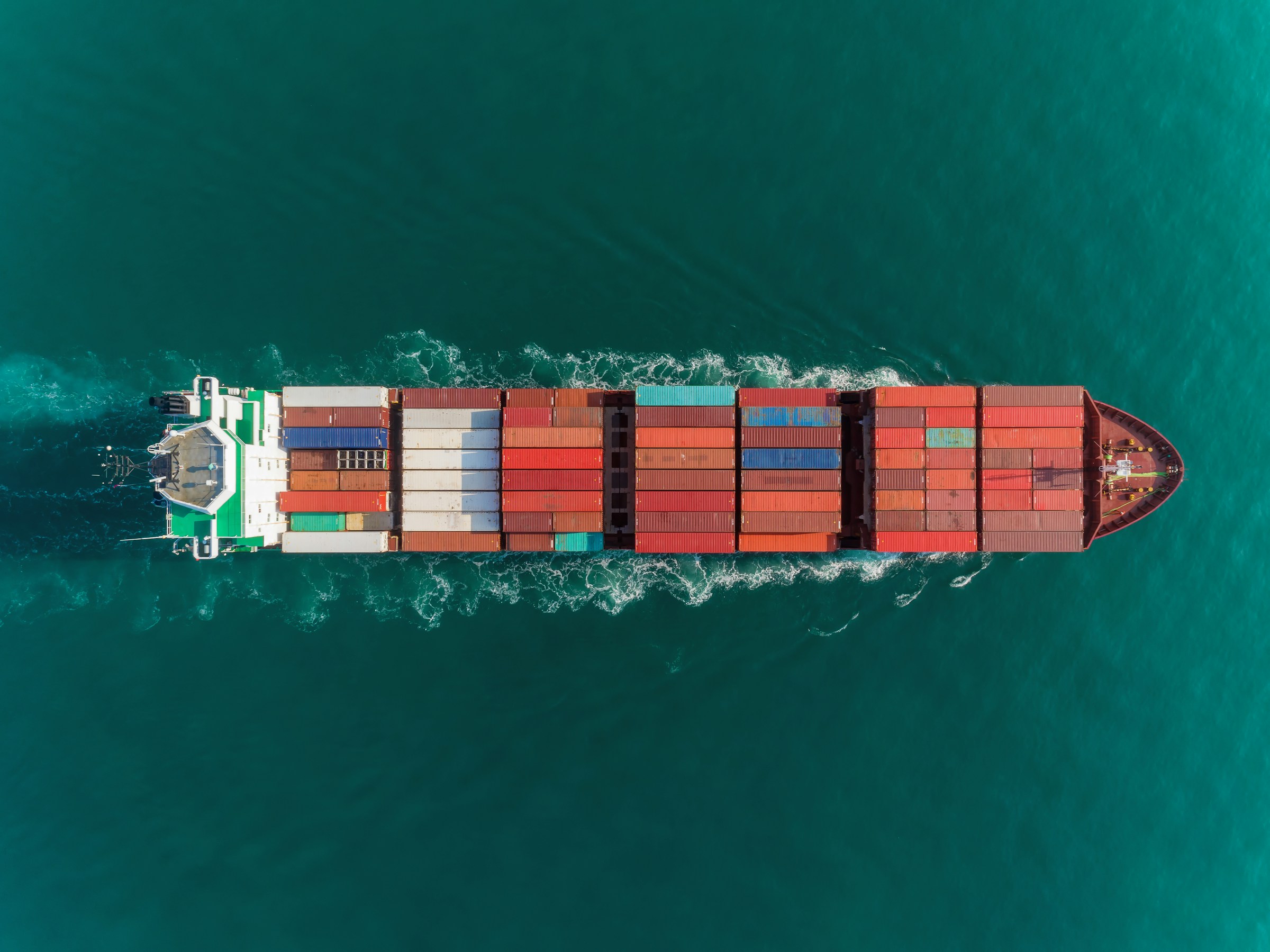Taiwan has just been handed a partial reprieve: the United States will impose a 20% tariff on its exports instead of the previously threatened 32%. But for Taipei, this isn’t relief—it’s recalibration. The true price of preferential treatment may not appear on any tariff sheet. Instead, it’s surfacing as pressure to commit to an eye-popping US$400 billion investment package, with no formal strings yet—but plenty of strategic implication.
For global operators and policy analysts alike, this isn’t just a trade update. It’s a playbook preview.
Unlike a formal free trade agreement or digital economy pact, the US-Taiwan trade conversation is happening under informal, asymmetric terms. The lower 20% rate offers Taiwan temporary breathing room, but the lack of a written agreement gives Washington room to maneuver.
The rumored US$400 billion investment pledge—while not officially tied to the new tariff level—has been floated by industry and diplomatic sources as a soft condition for keeping tariffs from snapping back upward. That’s significant. Taiwan is not being told what to do. It’s simply being reminded what could happen if it doesn’t. And that ambiguity is the point.
By offering a 20% rate with no declared concessions, the White House has preserved plausible deniability—while still creating real pressure for action. Taipei, in turn, is left in a strategic bind: it can publicly welcome the reduced rate, while privately weighing whether it’s worth committing capital abroad to secure future trade certainty.
Taiwan’s economic relationship with the United States is not one of equals—but it is mutually entangled. The island supplies advanced semiconductor components that US manufacturers and defense contractors rely on. In normal times, that would give Taipei leverage. But the US has been busy reshoring chip production through massive subsidies under the CHIPS and Science Act. That effort includes luring TSMC—Taiwan’s crown jewel—to build advanced fabs on American soil.
In this light, a $400 billion investment from Taiwan isn’t just about appeasing tariffs. It’s about underwriting US industrial ambitions. Washington doesn’t just want friend-shoring—it wants co-financing. The question for Taiwan becomes existential: does it stake capital in securing favor, or resist and risk being gradually bypassed by new onshore ecosystems?
To some, this may feel like déjà vu. In 2020, the Trump administration secured a US$200 billion Chinese purchase commitment in exchange for tariff de-escalation. But that deal focused on commodity volumes—soybeans, energy, autos. The Taiwan situation is more structural. The White House is signaling that market access, even for allies, will be increasingly contingent on material contributions to US economic security.
Unlike Malaysia or Vietnam, which are negotiating from a lower base and with more diversified export exposure, Taiwan is uniquely vulnerable. Over 60% of its exports are technology-related. And the US remains its second-largest trade partner. A tariff increase would hit Taiwan’s economy where it’s most fragile: upstream tech.
For Washington, this asymmetry is leverage. For Taiwan, it’s a warning.
Other Asian economies should not take Taiwan’s 20% deal as proof of leniency. They should read it as precedent. Malaysia, for instance, faces its own 19% tariff starting August 1—down from the earlier 25% rate. But unlike Taiwan, Malaysia hasn’t been asked to deliver a multi-hundred-billion-dollar investment pledge. The difference? Malaysia doesn’t sit at the apex of the global semiconductor stack. Nor is it being groomed as a strategic counterweight in the Indo-Pacific chessboard.
This divergence in treatment highlights a broader truth: the US is now personalizing its tariff posture based on strategic relevance. For export-driven economies in Asia, trade policy is becoming less about rules and more about perceived value. And for Taiwan, the price of that perceived value is becoming increasingly explicit.
Tariffs, once dismissed as blunt instruments of trade war politics, are now being repurposed as surgical tools of economic alignment. Taiwan may have escaped the sharpest cut for now—but the pressure hasn’t lifted. It’s simply shifted form. A 20% tariff sets the baseline. The real negotiation has only just begun.
For Taiwan, the next few weeks may determine whether it chooses to meet US expectations through large-scale industrial investment—or test Washington’s appetite for escalation. For global businesses, the lesson is starker still: Access isn’t automatic anymore. It’s strategic—and increasingly, it’s for sale.














